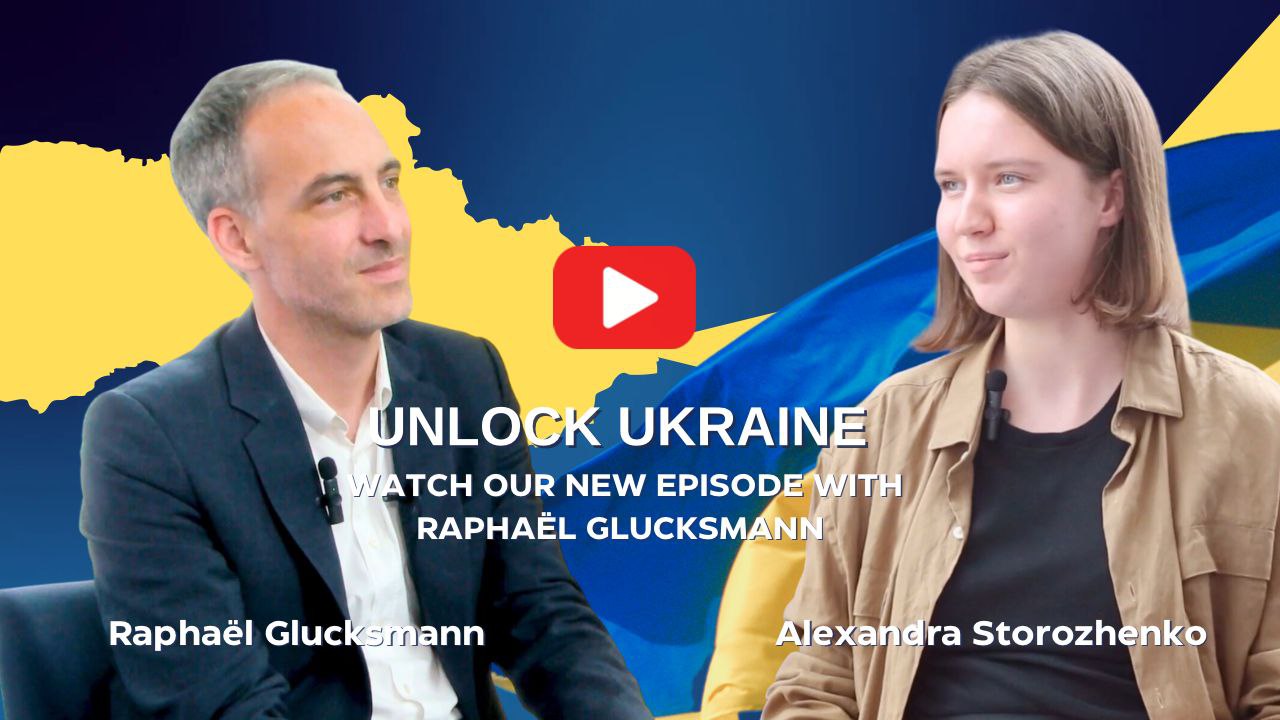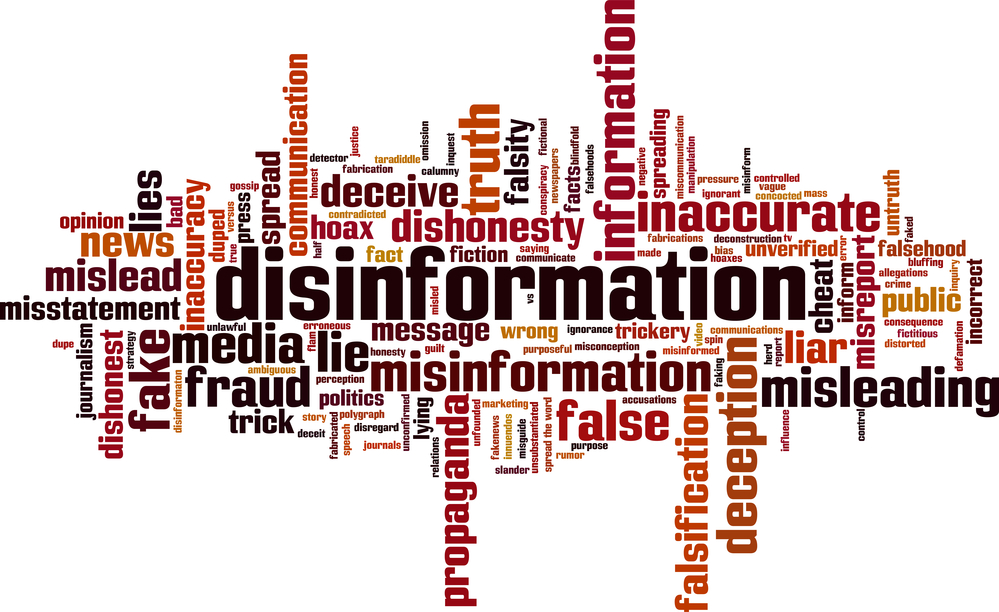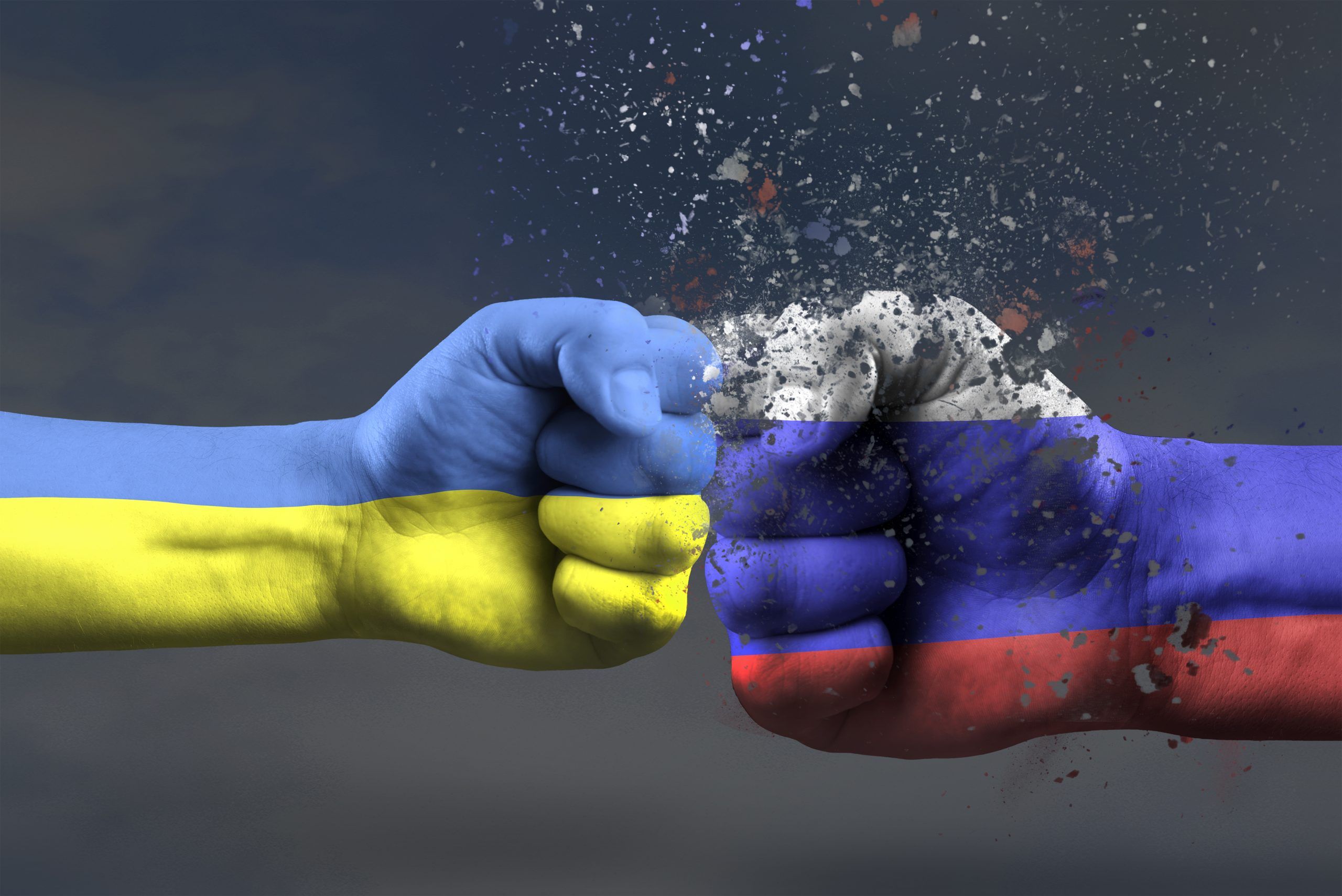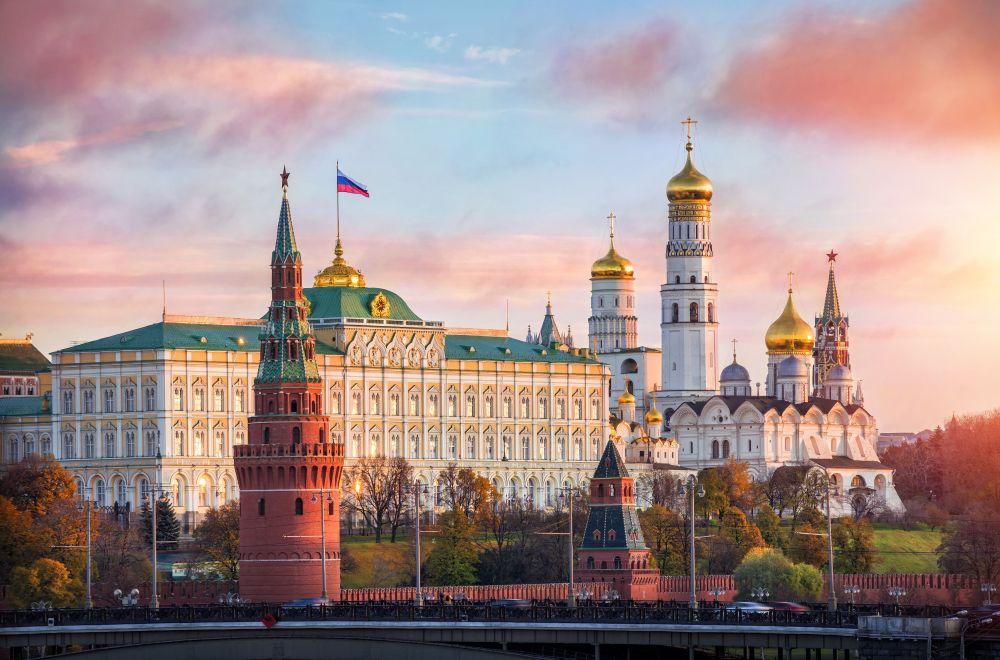Apocalyptic scenarios, the collapse of Europe, the degradation of Ukraine, the coronavirus as the EU’s Chornobyl, and that the USA manufactured the pandemic virus: these are just examples of narratives peddled by pro-Kremlin disinformation outlets that are scrutinized by a unit at the European External Action Service (EEAS), which identifies Russia’s disinformation. The COVID-19 pandemic has seen the situation with false information from the Kremlin become even more dangerous. EEAS head Josep Borrell warns that “[d]isinformation is playing with people’s lives. Disinformation can kill.”
The East StratCom Task Force was created in 2015 to deal with Moscow’s disinformation campaigns. The unit has 16 full-time staff members whose task is not to engage in counter-propaganda, but “to explain and promote the European Union’s policies in the Eastern Neighbourhood” and to “identif[y] and expose[] disinformation.” The East StratCom’s budget increased from €1.1 million in 2018 to €3 million in 2019. Specialists of the unit monitor media, analyse disinformation and data, and publish their findings on the EU vs Disinfo website in English, Russian, German, Italian, Spanish, and French.
The task force ensures that narratives spread by Russia’s propaganda are spotted and explained to the general public. On 22 January 2020 they recorded the first piece of disinformation about COVID-19, released by the Russian state-funded Sputnik News, which reported that the virus is a manmade weapon created by NATO. Peter Stano, lead spokesperson for Foreign Affairs and Security Policy at the EEAS told Brussels Ukraïna Review: “Coronavirus brought many opportunities for all those who are involved in disinformation activities… Russia traditionally has a track record to be engaged in it most of the time and has the most sophisticated and the most widespread instruments to advance misinformation, propaganda, or right away disinformation.” According to Stano, there are two trends in the current infodemic. Initially, Russia did not seem to be affected by the virus and promoted a number of conspiracy theories, including disinformation about how the virus emerged. There were narratives that COVID-19 is a biological weapon of NATO or the United States, but, at the same time, the pro-Putin media spread stories that coronavirus did not exist at all. They then advised on how to fight this ‘biological weapon’ or ‘non-existent’ threat: to drink milk and take Zinc tablets instead of washing hands. “Everything was in confusion in the Oblonskys’ house” – this quote by Leo Tolstoy seems very relevant in the case of Russia’s disinformation war.
Peter Stano observed that “[o]f course, a big part of the disinformation, of misinformation efforts, linked to Russia was to blow out of proportion the dramatic situation in European countries, so the pro-Kremlin outlets were saying that the EU is about to collapse, the EU is not able to help their member states. They were promoting this narrative that basically we are not able to handle, and we need Russia and China to jump in and help us.”
But then the situation changed between the end of March and mid-April, when Russia started to record cases of coronavirus on its own territory. Observers noticed a change in the content of disinformation, with narratives shifting from mitigating the seriousness of the virus to finding a scapegoat for its spread. According to Stano, “[n]ow most of the cases regarding disinformation of the actors who are based or linked to Russia is playing with conspiracy theories like ok, this is a biological weapon, this is the instrument of the West to attack and weaken its competitors like China or Russia.”Elsewhere, disinformation has been tied to existing conspiratorial narratives and movements, including anti-vaxxer and 5G conspiracies. “You see a lot of disinformation related to vaccination, to tracking applications,” Stano explains, “so the conspiracy theories of disinformation actors are playing also with a notion, or with a theory, of global elites trying to have total control of the citizens.” Particularly popular at the moment are disinformation narratives linking 5G telecommunication infrastructure with the coronavirus, either as its source, the cause of its spread, or as a means for powerful actors to monitor and spy on people. These narratives, Stano says, enjoy “very strong engagement, but you see that engagement is adapting, and then narratives are adapting, based on the situation in Russia.”
Veronika Víchová, head of the Kremlin Watch Program at the Prague-based European Values Center for Security Policy, told Brussels Ukraïna Review that Moscow uses the same disinformation strategies as in the Soviet era, but modern technologies make the task much easier: “During the Cold War, the Soviet Union had been using disinformation, but it took months or even years to actually source the disinformation campaign, and make it effective. Nowadays it just takes days, sometimes even 24 hours to spread a simple piece of disinformation. And the level of resources that the EU and the EU countries put into fighting it is incomparable to how much effort the Kremlin put into it.”
Víchová thinks that the East StratCom Task Force is doing a great and very important job, but she describes its financial resources and personnel as insufficient:“It is just a couple of dozen people trying to analyse disinformation campaigns in all the European languages. And when you compare this small taskforce to the propaganda machinery that is employed by the Kremlin, that is not possible to do. Plus, their mandate is not that strong, you know, they can collect examples of disinformation, and they can issue newsletters, but what they can actually do about it, that is quite questionable. So, the people who work there are great and, like I said, their job is important, but it is not enough.”
At the same time, Stano reiterates that most EU member states have their own entities to deal with disinformation, creating a ripe environment for collaboration: “We cooperate very closely with NATO, with G7 partners, which means we are pooling and sharing,” Stano explains. “So, when you look at it, it is not just the number of people working on disinformation in the EEAS StratCom, but a whole network of people working on this in the member states both at the national level, in terms of authorities, official entities, but also civil society, fact-checkers, journalists, people who are willing to work on this with us and who are also sharing information.” He underlines that it is possible to counteract Moscow’s disinformation and propaganda to some extent by teaching the public media literacy, to enable people to double-check information and use credible sources. According to Stano, the Kremlin’s disinformation campaigns are more successful in those countries “either in transition, such as the Balkan countries, the Eastern Neighbourhood countries (including Ukraine – ed.), or countries where there is huge distrust in authorities anyway, countries where there are polarised opinions, where the political landscape is very polarised.”
Besides Europe, one important front of Russia’s disinformation attacks is, of course, the United States. According to Víchová, “the general approach of the Kremlin during the pandemic has been anti-American. Partly I think it is because the Kremlin’s outlets have been repeating and amplifying the official Chinese propaganda, which mostly just tries to blame the whole crisis on the US, or even suggests that the US created the virus or that American soldiers are spreading it.” Víchová observes that “many Kremlin and pro-Kremlin sources have been repeating this kind of disinformation, but that has been the issue before as well. I mean, the US is often been demonised by these outlets, and the coronavirus only offers another chance to do it even more.”
In this confrontation with the West, Russia very actively uses social media as one of the quickest and most effective ways to diffuse any kind of disinformation. Recently, the Dutch Home Affairs minister, Kasja Ollongren, said in a letter to the parliament of the country that the Netherlands intelligence services found “Russian narratives” about coronavirus in some Dutch-language social media groups. Published posts underlined alleged divisions in Europe and a supposed lack of mutual solidarity in the EU in the fight against COVID-19. Víchová thinks that during the pandemic “the one thing social media tries to do is at least push factual information a little bit towards its users, but in general, when it comes to fighting disinformation, I think most of the efforts issued especially by Facebook have been mostly for show.” Víchová believes that, unfortunately, “the division of society that has been amplified by disinformation is kind of a basis for a business model for companies like Facebook, so I don’t think they have a real interest in fighting disinformation, and many of the measures that they took were only very shallow.”
“If you ever need a helping hand, it’s at the end of your arm,” said the wonderful actress Audrey Hepburn. Common sense and media literacy can prove useful in this difficult time of the coronavirus pandemic. “Stay healthy; don’t be deceived”, the East StratCom Task Force encourages readers to its website, which can be found at https://euvsdisinfo.eu/.
Robert van Voren, Professor of Soviet- and Post-Soviet Studies at Vytautas Magnus University in Kaunas and Chief Executive of Federation Global Initiative on Psychiatry, Director of the Andrei Sakharov Research Center draws attention to another aspect – the misinformation in Russia itself, in its medical sector: “Unfortunately, the falsification of death rates regarding the COVID-19 pandemic in Russia is not new, but rather a continuation of old practices. In Soviet times statistics were made not to reveal the truth but to consolidate the desired truth, and thus they were wholly untrustworthy. Now, it is no different. While in Dagestan a week ago 27 cases of coronavirus related deaths were reported, there were also 657 “community induced pneumonia” deaths, of which at least part was related to COVID-19. The Ministry of Health of Russia earlier this week stated that cases in which the patient did not have any complaints would not be added to the statistics, while now Moscow has almost doubled the number of coronavirus related deaths by adding “disputed” ones. In reality, probably the mortality rates are far higher than reported, and when one knows the level of hospital care in the further out regions of Russia, one cannot really believe that Russians are miraculously partially “immune” to COVID-19 and are not dying at far higher numbers.”
Natalia Richardson is a Ukrainian journalist specializing in European affairs.






 UA
UA FR
FR DE
DE


